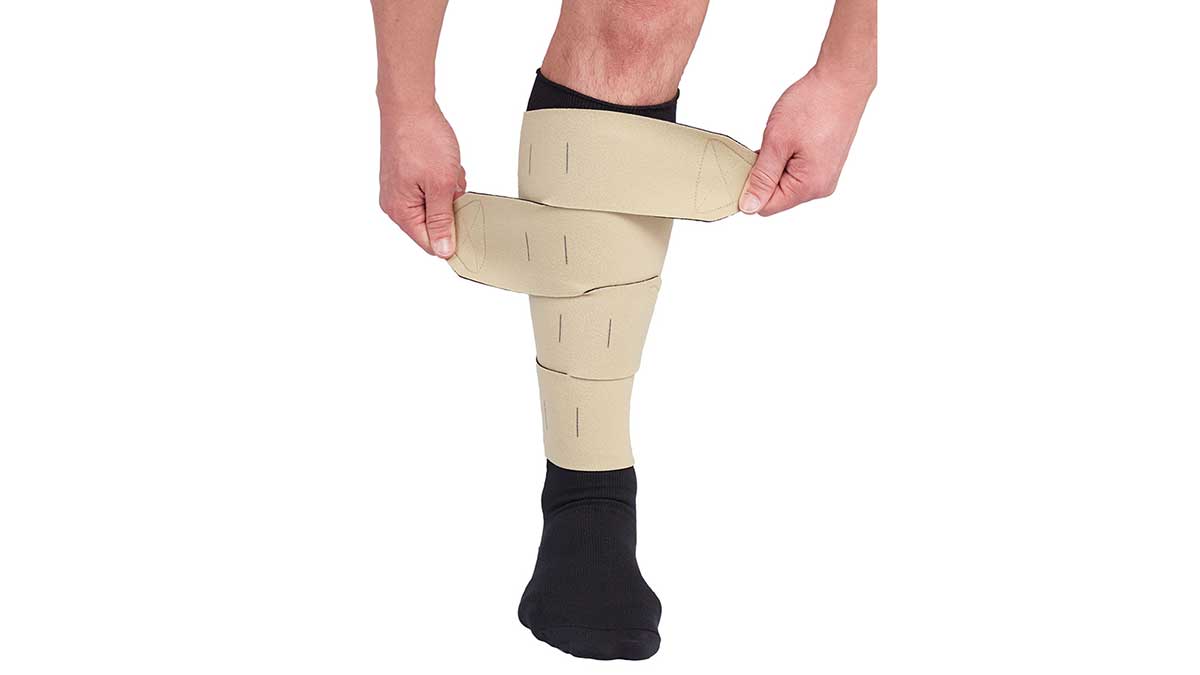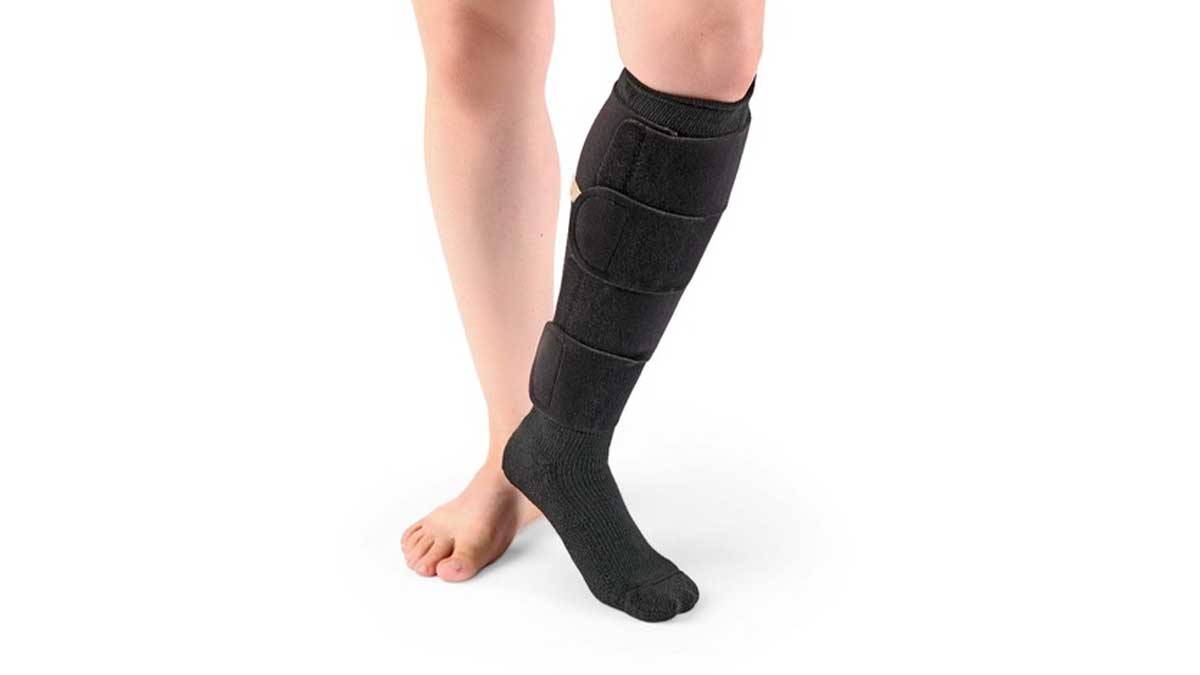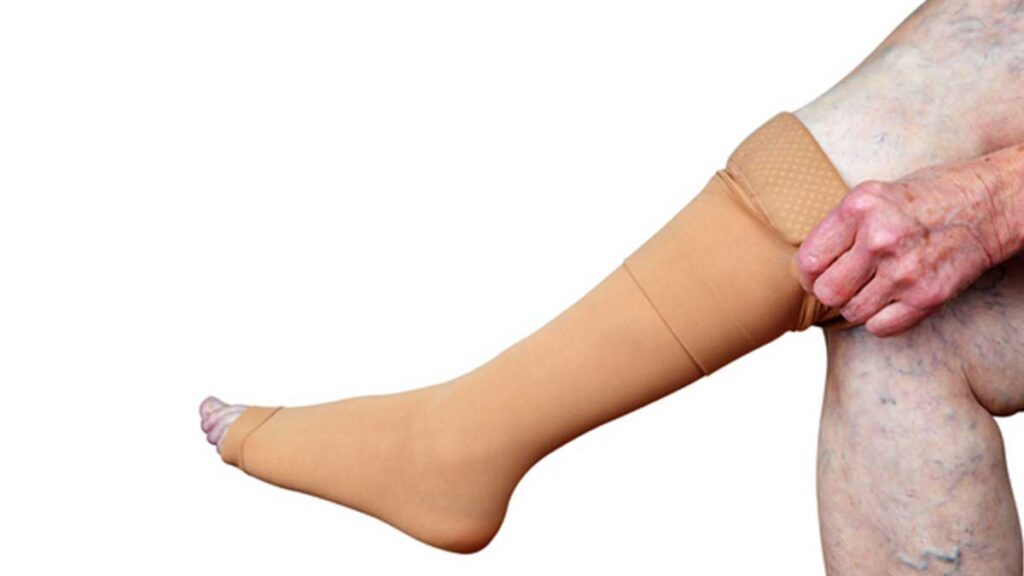Fractures are painful, life-disrupting injuries that require a long process of recovery. A leg fracture, in particular, can take weeks or even months to heal depending on the severity. Alongside medical treatment such as casting, surgery, or physical therapy, supportive measures often make a big difference in how quickly and effectively the body recovers. One of these supportive measures is the use of compression garments. Understanding the reasons to wear compression garments after a leg fracture can help patients and caregivers make better decisions during the recovery process.
Understanding Leg Fractures and Their Challenges
Leg fractures occur when the bone in the leg is cracked or broken due to trauma, falls, or accidents. Depending on the severity, doctors may recommend surgical fixation, immobilization with a cast, or a combination of both. While the primary focus is to allow the bone to heal, patients often experience swelling, limited mobility, and circulation issues. These challenges can significantly slow down the recovery process and may cause discomfort.
This is where compression garments step in. By providing steady, even pressure around the injured area, they help reduce swelling, improve circulation, and accelerate healing. Patients who understand the reasons to wear compression garments after a leg fracture are more likely to experience smoother recovery journeys and reduced long term complications.
What Are Compression Garments?

Compression garments are specially designed clothing items, often made from elastic fibers, that apply consistent pressure to specific body parts. They are widely used in medical settings for patients who have undergone surgery, suffered from injuries, or struggle with circulatory problems. Compression stockings, leggings, or sleeves for the legs are particularly common.
When it comes to compression garments after a leg fracture, the pressure they provide helps the body manage swelling, maintain proper alignment of tissues, and reduce the risks associated with immobility, such as deep vein thrombosis (DVT).
Key Reasons to Wear Compression Garments After a Leg Fracture
1. Reduction of Swelling (Edema)
One of the biggest issues after a fracture is swelling. The injured tissues hold excess fluid, making the area feel tight and painful. Compression helps limit this swelling by encouraging fluid to return to the bloodstream and lymphatic system. Among the many reasons to wear compression garments after a leg fracture, swelling reduction is often considered the most immediate benefit.
2. Improved Blood Circulation
Good blood flow is essential for healing, especially after a leg injury where immobility may cause circulation to slow. By applying consistent pressure, compression garments keep the blood moving and prevent clot formation. This role of compression garments after a leg fracture is medically significant since poor circulation can prolong recovery and increase risks.
3. Pain Management
Swelling and poor circulation often contribute to pain. Compression garments provide gentle support that reduces pressure on nerves and soft tissues, helping to alleviate discomfort. Patients who consistently wear these garments often report lower pain levels during their healing journey.
4. Support for Muscles and Joints
After a fracture, surrounding muscles and joints often weaken due to lack of use. Compression garments provide added stability and support, helping patients regain confidence in walking or performing physical therapy exercises. Among the practical reasons to wear compression garments after a leg fracture, functional support is one of the most valuable.
5. Prevention of Complications
Blood clots, chronic swelling, or venous insufficiency can develop when leg fractures are not managed carefully. Compression plays a preventive role, ensuring that complications are minimized. Doctors often recommend compression as a precautionary measure for patients who are at higher risk of such problems.
Role of Compression in Long Term Recovery
Healing does not end when the cast comes off. Many patients still deal with swelling, weakness, and visible changes in the skin or veins. This is why the continued use of compression garments can be beneficial even after the bone has fully healed. The long-term reasons to wear compression garments after a leg fracture include preventing recurrent swelling, supporting physical activity, and promoting overall leg health.
Interestingly, garments have also been used in other areas of health and skin care. For example, medical specialists discuss the treatment of stretch marks with the help of Garment, showing that compression therapy is not limited to fracture management but can improve skin healing and appearance as well.
Psychological Benefits of Wearing Compression Garments

Injury recovery is not just physical it also impacts a patient’s mental state. Feeling supported, experiencing reduced pain, and seeing visible progress all contribute to emotional well-being. Compression garments can restore a sense of normalcy, allowing patients to move with more confidence. This is why in broader contexts, many health experts highlight The Benefits of Compression Garments for Health and Well-being, as their positive influence extends beyond medical recovery to overall lifestyle improvements.
Physical Therapy and Mobility Support
Rehabilitation exercises are crucial after a leg fracture. With compression garments, patients often find it easier to engage in physiotherapy because the garments provide joint stability and muscle support. Even low-intensity movements such as brisk walking exercise can feel more manageable with compression support, making daily recovery routines smoother and less painful.
Compression and Lifestyle Adjustments
A leg fracture often forces patients to reconsider their daily habits. Rest is important, but so is gradual reintroduction of physical activity. Doctors emphasize the importance of exercise in life, especially during recovery phases, as it improves circulation, strengthens muscles, and enhances flexibility. When combined with compression garments, exercise becomes safer and more effective, reducing risks of re-injury.
Comparing Compression Garments to Other Supports
Patients often wonder whether compression garments are different from regular tight-fitting clothes. The answer lies in their medical design. Compression garments are engineered to apply scientifically measured pressure, which ordinary clothing cannot achieve. For example, compression stockings are specifically graded to deliver more pressure at the ankle and less at the calf, encouraging upward blood flow.
This precision is why medical professionals strongly recommend compression garments after injuries. The reasons to wear compression garments after a leg fracture far outweigh the perceived inconvenience of wearing them daily.
Tips for Using Compression Garments After a Leg Fracture
- Choose the Right Size: Proper fit ensures effectiveness.
- Wear Consistently: Follow your doctor’s instructions on duration and frequency.
- Maintain Hygiene: Wash garments regularly to keep them clean and elastic.
- Replace When Needed: Over time, elasticity may decrease, reducing effectiveness.
- Combine with Therapy: Use alongside physical therapy for maximum benefit.
The Future of Compression Therapy

With advancements in textile technology, compression garments are becoming smarter and more comfortable. Some new models feature temperature regulation, built in sensors, or adjustable compression levels. In the near future, compression garments may be even more personalized to a patient’s healing needs. These innovations highlight that the field of compression therapy is not static but evolving, offering patients more effective solutions for injury recovery.
Conclusion
Leg fractures are serious injuries that require months of careful management. Beyond casts, surgeries, and therapies, supportive tools such as compression garments play a crucial role in promoting faster and safer healing. From reducing swelling to preventing complications, the reasons to wear compression garments after a leg fracture are wide-ranging and scientifically backed.
Whether used during the initial stages of healing or as part of long-term recovery, compression garments after a leg fracture remain one of the most effective and non-invasive tools available to patients. Their benefits extend beyond physical recovery into mental well-being and lifestyle adjustments, making them a holistic solution for patients on the path to healing.
By combining medical treatment, proper exercise, and the use of compression garments, patients can not only recover from a fracture but also build stronger habits for overall health and well-being.







